Is there a product that actually is topsoil?
prairiemoon2 z6b MA
10 years ago
Featured Answer
Sort by:Oldest
Comments (52)
Kimmsr
10 years agojonfrum
10 years agoRelated Discussions
Topsoil-compost ratio, newbie question! :)
Comments (30)When discussing soil organic matter fractions or percentages it is critical to distinguish what is being reported or discussed. Is it volume percent or weight percent that is being discussed? Soil labs and soil scientists commonly report and discuss soil fractions on a dry weight basis. That would include the familiar recommendations for soil OM in the range of 5-10%, as well as lab reported test results of organic matter. That is a weight fraction, based upon oven dried weights. The bulk density of soils and organic materials is commonly reported on a dry weight basis. A fairly typical, average mineral soil bulk density is ~ 2600 lbs/cubic yard. The typical bulk density, again dry weight basis, for common soil organic amendments (e.g. compost) is ~ 1,000 lbs per cubic yard. The typical OM bulk density is only ~40% of that of a baseline mineral soil, and the range can be about 25% to 50%. As an example, consider the johnhughes 25% compost number as a volume fraction - mix 1 yard of compost (dry bulk density 1,000 lbs/yard) with 3 yards of mineral soil (dry bulk density 2600 lbs/yard) to produce 4 yards of soil, total weight 8800lbs. Assume everything is at a comparable moisture level. While the mix fraction was 25% by volume, the weight fraction will be ~ 11%, and that is what a soil lab test of OM would ideally report. As a general rule-of-thumb for soil mixtures, the net weight fraction (percent) of organic matter will be ~ 1/2 of the volume fraction, again assuming similar moisture levels for the mineral and organic phases. Hence the familiar 5-10% soil OM recommendation translates to 10-20 % soil OM by volume. So if you wanted to increase soil OM by 7.5% (weight) you would add 15% OM by volume, or nearly 1-inch of OM on top then mixed into 6 inches of underlying soil. That's not allowing for the issues associated with testing for OM. This post was edited by TXEB on Fri, Sep 6, 13 at 0:32...See MorePDX area: where to get good compost/topsoil?
Comments (10)Best source I've found might be a bit of a drive, but if you have or can get use of a pickup, their material is what they use in their commercial potting mix. And thus doesn't have weed seeds and the like. http://www.pro-gromixes.com/index2.htm (just copy and paste into a new browser window) Their "spillage" potting mix is the best value but drains too fast for raised beds. Don't ask how I know... Tillamook Compost is outstanding. I've never inquired about straight soil as such, I've just mixed their compost or pumice or "clay buster" with the clay I've got. Works very well. Tom...See MoreTopsoil Find
Comments (7)momfryhover, They were 40lb bags. Amanda, I'm sorry you didn't have any luck finding it. What I usually find everywhere (Lowe's, HD, and WM) is the soil from Green Country Soil here in OK. I don't recall seeing this particular brand before, maybe it's a new addition? Hopefully, it will become more widely available. Michelle...See MoreLacking Topsoil & Want to Start to Be Green
Comments (7)It is very common for developers/builders to remove the top soil and sell it before they even pound one nail in any houses they are going to build. However, it is also very common for lawn guys to use this as the perfect excuse for why your lawn looks bad. Look around the neighborhood, do all the lawns look equally bad or is it just your house? It is likely that you have to have a few inches of top soil just maybe not as much as we would like. Depending on your budget you have a few options. If you don't have any budgetary concerns I would contact a reputable landscaper and have her put together a quote to install a new lawn with plenty of topsoil. You should get at least three estimates and have them hold off on the work until August. Spending that much money on an install in spring is a bad idea because you would have many weed and crabgrass issues. Any good landscaper could have you with a picture perfect lawn by September. Not all landscapers are good. The second option would be to continue to treat your lawn and attempt to build it slowly. You will need to have patience and a tolerance for some weeds. If there are bare areas or parts of the lawn that are thin I would suggest you make an attempt to seed them now, however, as I said before, seeding in the spring time is never particularly effective. Temperatures and competition from grassy weeds usually leave you with less than perfect results. If it is possible you should rent a core aerator (or hire someone to aerate) and then over seed the entire lawn with a mix that includes mostly improved rye grasses. (I am assuming your lawn is mostly sun and not a lot of shade) Rye grass will germinate faster than any other type of grass. (using bluegrass or tall fescue will result in about a month of waiting for the seed to germinate. Rye grass will come up quick) Make sure you water effectively if mother nature doesn't provide enough. It will be very important that you make a concerted effort to water properly and set your mower at the highest setting it will allow. Mow high all spring and summer to crowd out weeds and crabgrass. NEVER EVER mow your lawn during the heat of the day when temps are over 85 degrees. This is very important....do NOT mow your lawn during the heat of the day. Finally, you should get on some type of a program to help feed your lawn and your soil. A chemical program would be the easiest, cheapest and most convenient but probably not the most effective. (The tech you get treating your lawn will probably be a hard working person but not particularly knowledgeable and his/her goal is to sell you more stuff) With topsoil that is less than great you will want to improve it as best you can. Synthetic, chemical fertilizers won't do that although they may help your lawn to grow and be green. An organic program would slowly build your soil and promote some good biological activity below the grass. You should also look into compost tea. Remember; seed now, water effectively, mow HIGH, feed the soil and have patience!!!!! Good luck!!! Oh, by the way...stay away from corn gluten if your seeding....See Morepnbrown
10 years agoKimmsr
10 years agopnbrown
10 years agoTXEB
10 years agoTXEB
10 years agotoxcrusadr
10 years agoUser
10 years agoprairiemoon2 z6b MA
10 years agoKimmsr
10 years agopnbrown
10 years agoTXEB
10 years agoprairiemoon2 z6b MA
10 years agotoxcrusadr
10 years agoHU-460016366
5 years agokokopellifivea
5 years agogardengal48 (PNW Z8/9)
5 years agoprairiemoon2 z6b MA
5 years agogardengal48 (PNW Z8/9)
5 years agoprairiemoon2 z6b MA
5 years agoAriel (Zone: 7b)
5 years agogardengal48 (PNW Z8/9)
5 years agoAriel (Zone: 7b)
5 years agogardengal48 (PNW Z8/9)
5 years agoFlorida_Joe's_Z10a
5 years agogardengal48 (PNW Z8/9)
5 years agoFlorida_Joe's_Z10a
5 years agogardengal48 (PNW Z8/9)
5 years agotoxcrusadr
5 years agotoxcrusadr
5 years agoFlorida_Joe's_Z10a
5 years agolast modified: 5 years agogardengal48 (PNW Z8/9)
5 years agoFlorida_Joe's_Z10a
5 years agolast modified: 5 years agogardengal48 (PNW Z8/9)
5 years agoJohn D Zn6a PIT Pa
5 years agotoxcrusadr
5 years agoannpat
5 years agolast modified: 5 years agowayne_5 zone 6a Central Indiana
5 years agolast modified: 5 years agoannpat
5 years agoFlorida_Joe's_Z10a
5 years agolast modified: 5 years agoarmoured
5 years agoprairiemoon2 z6b MA
5 years agoprairiemoon2 z6b MA
5 years agotoxcrusadr
5 years ago
Related Stories
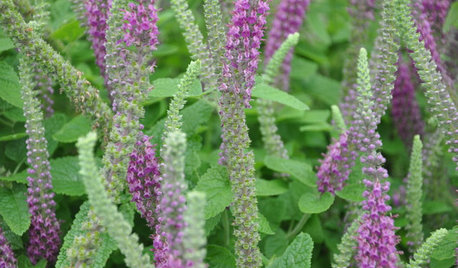
FEEL-GOOD HOME9 Smells You Actually Want in Your Home
Boost memory, enhance sleep, lower anxiety ... these scents do way more than just smell good
Full Story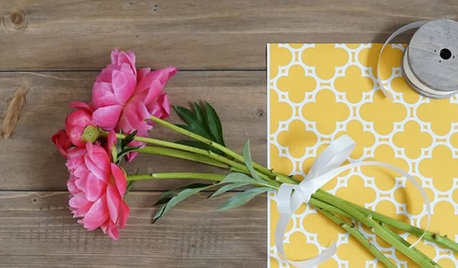
SHOP HOUZZHouzz Products: Great Gifts for Mom
Mother’s Day is May 11! Let Mom know how much she means to you with one of these terrific gifts from the Houzz Products section
Full Story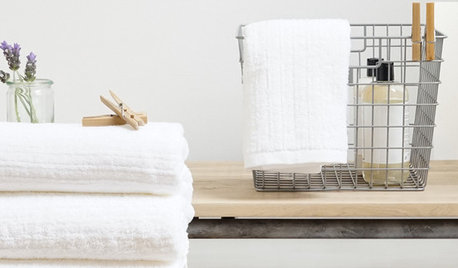
SHOP HOUZZHouzz Products: Love Your Laundry Room
Make a clean break with washing-day dread by setting up a cheery, efficient laundry space with these finds from our Products section
Full Story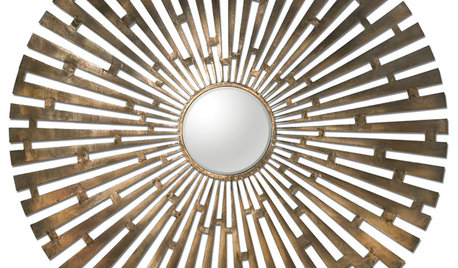
SHOP HOUZZHouzz Products: Luxuriate in New Looks for Warm Brass
Add the muted tones of vintage brass to your modern metal mix
Full Story
SHOP HOUZZHouzz Products: Flower Power for Your Home
Make your home bloomin’ beautiful with floral-inspired accessories, wallpapers, fabrics and furnishings
Full Story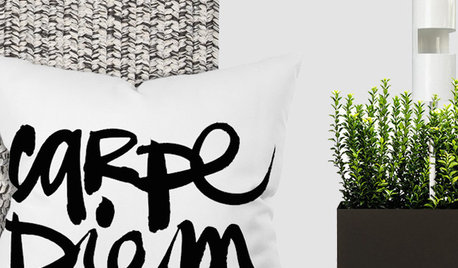
SHOP HOUZZHouzz Products: Furnish a Cool Modern Patio
Want your outdoor room to be comfy and edgy at the same time? These sleek, chic patio furnishings and accessories can help
Full Story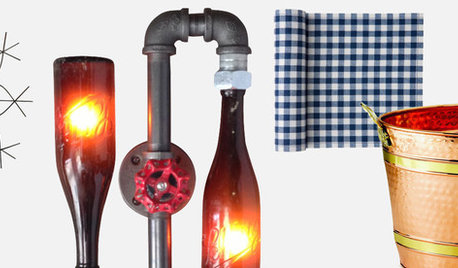
SHOP HOUZZHouzz Products: Say ‘Prost’ to Oktoberfest
Celebrate the harvest season Bavarian-style with steins of beer, sausages and rustic pieces — plus 2 party recipes
Full Story
GREEN DECORATINGBamboo Products — Earth Friend or Foe?
The ecofriendliness of this grass for flooring, wall coverings and furniture isn't cut and dried. Get the facts here
Full Story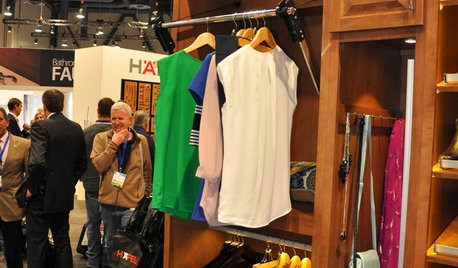
KITCHEN DESIGNAutomation Meets Innovation in the Newest Kitchen and Bath Products
Home features from closets to toilets are going touchless, remote controlled and more accessible than ever. See for yourself
Full Story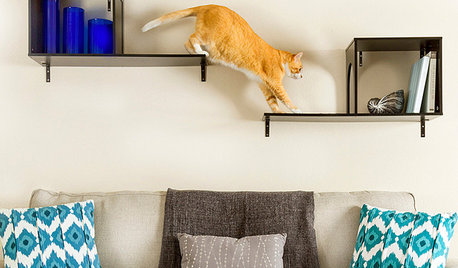
SHOP HOUZZHouzz Products: Create a Cat Heaven at Home
Show kitty you care and keep your style too with fun and cozy cat beds, perches, trees and decor
Full StorySponsored
Columbus Area's Luxury Design Build Firm | 17x Best of Houzz Winner!




Florida_Joe's_Z10a